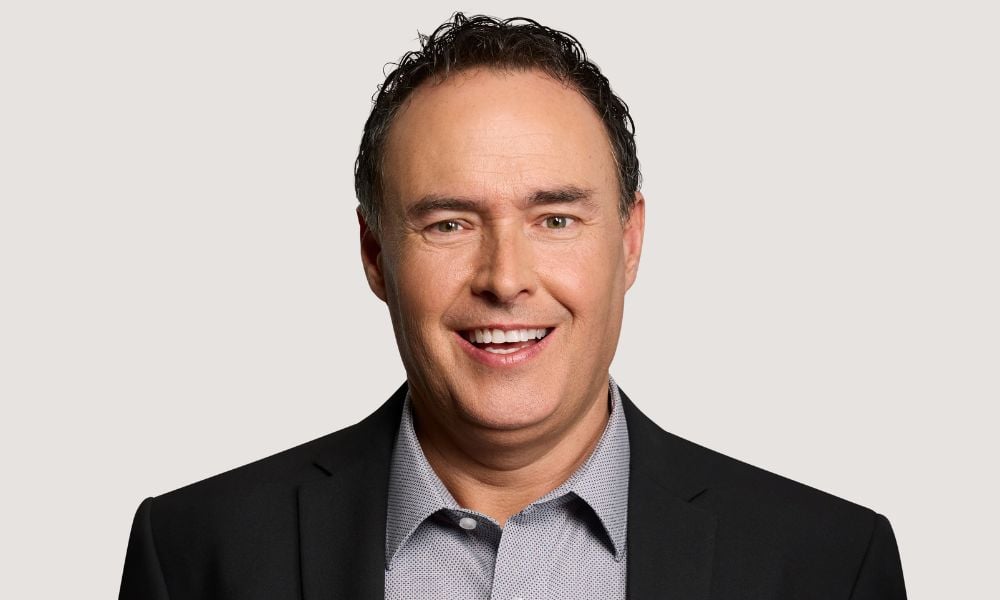Beneva's executive vice-president and lead of group insurance on navigating health trends and managing rising costs around mental health, migraines and ADHD coverage

One of Canada's leading insurance providers is taking a proactive approach to share benefits trends and health insights through the launch of an annual group insurance newsletter, an effort to “inform and trigger discussion” between Beneva’s plan sponsors, advisors and account executives.
Éric Trudel, executive vice-president and lead of group insurance at Beneva, highlights key areas and recent health trends Beneva is witnessing in the benefits space such as mental health, the growing use of medications for migraines and ADHD, and the pressure on private plans from rising drug costs. He also discussed the importance of effectively managing these developments to strike a balance between providing comprehensive coverage and controlling expenses.
Unsurprisingly, one of the most significant trends Beneva has observed is the increased use of mental health services. Trudel sees this as a positive development, signaling a reduction in the stigma surrounding mental health and a greater willingness among employees to seek help.
"For us, as an insurer, this is very good news. There’s now less and less stigma around mental health and employees are using mental health benefits more and more," he says. He explains that traditionally, many health plans offered limited coverage for psychological services, but that is now starting to change rapidly. Trudel notes that many sponsors have moved toward more generous coverage levels, with some plans offering between $5,000 and $10,000 annually for mental health services.
At Beneva, for example, coverage for non-unionized employees has been expanded to $15,000 per year for psychological services. While the direct impact of these increased benefits on absenteeism and presenteeism is not yet fully measurable, Trudel noted, he’s somewhat optimistic that offering more robust mental health coverage will yield long-term benefits. "We’re beginning to see a small decrease in short-term and long-term disability incidence rates since 2022, which could be a sign that mental health support is starting to pay off," he explained.
In addition to mental health, Beneva is witnessing trends in other areas of healthcare. New treatment options for migraines have emerged in the form of highly effective but costly drugs. Trudel acknowledged that while these treatments are expensive, they offer significant potential to reduce absenteeism for people who suffer from migraines.
"We all know people with migraines, and when you have one, you're not able to work. These new drugs could make a big difference," he asserts, suggesting that plan sponsors should be prepared for the increased costs associated with these treatments.
ADHD medication, particularly for adults, is another growing trend, according to Beneva. Interestingly, Trudel pointed out regional differences in the rate of ADHD prescriptions, with Quebec seeing higher rates of adult ADHD medication use than provinces like Ontario. "We’re seeing more adults in Quebec being prescribed ADHD medication than children, which is quite different from what we're seeing in Ontario," he said.
“Quebec is similar to Nova Scotia and Atlantic provinces, but Ontario ranks lower, and that's something we want to dig into to understand. Is it because of a stigma? Is it because Quebec is too high and maybe prescribes a little bit too much? We don't have a clear answer on that, but we'll certainly follow that trend.”
One of the most pressing challenges facing health plans is the rising cost of pharmaceuticals, particularly high-cost drugs for rare diseases. Beneva, like many other insurers, has seen drug costs skyrocket as new treatments enter the market. These drugs, while often life-changing for patients, place significant financial pressure on private health plans. He points to an example of a new drug in the U.S. priced at $3.5 million per year, significantly higher than the $2 million maximum seen so far in Canada. These treatments, which he expects will soon gain Health Canada approval, will continue to challenge plan sponsors to balance cost and coverage.
To manage these rising costs, Beneva has adopted a multifaceted strategy. The company employs tools like step therapy, prior authorization, and product listing agreements (PLAs) to minimize the financial impact on their clients. "We have a pharma team of 15 people who manage that effectively, including pharmacists, technicians, and nurses,” he explains. “They work together to ensure that we're managing drug costs as effectively as possible.” He emphasizes the importance of these strategies in controlling expenses, particularly when it comes to managing high-cost drugs.
Trudel underscores the importance of finding a balance between providing comprehensive health benefits and managing the costs of these benefits. One example he cites was the coverage of anti-obesity drugs like Wegovy, which have become more popular in recent years due to its effectiveness and reduced side effects compared to older treatments.
“When Ozempic came into the market two years ago, at the beginning, it was a blurred line because it was like an anti-diabetic. It was approved by Health Canada for diabetes, but it was prescribed, I would say, off label for people fighting obesity,” he remarks. “Plans were not clear at the beginning. At Beneva, we decided we would make it clear.”
That’s why he says they offer a regular plan with an option to opt into or add anti-obesity coverage to the plan, along with the cost and what it covers. “That triggers very good discussion with plan sponsors because it’s now more like a philosophical view,” he says. However, he also asserts that plan sponsors must also consider financial implications, as adding new coverage areas often requires adjusting other benefits to stay within budget.



